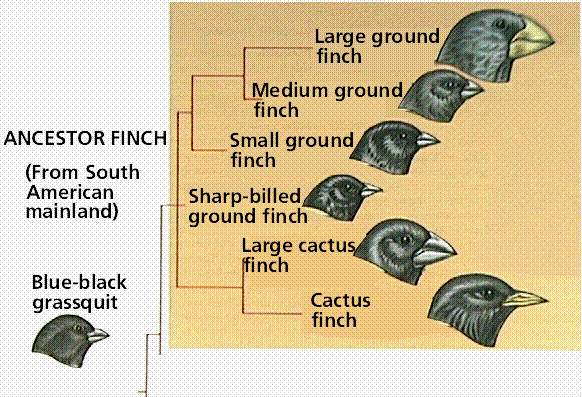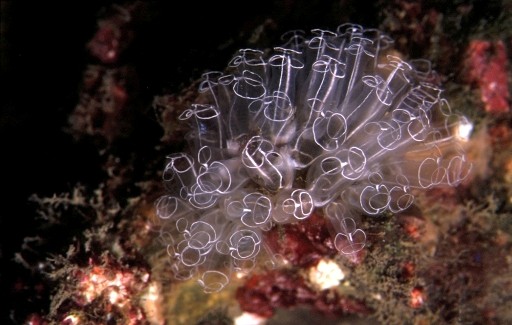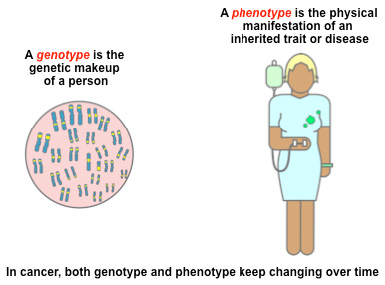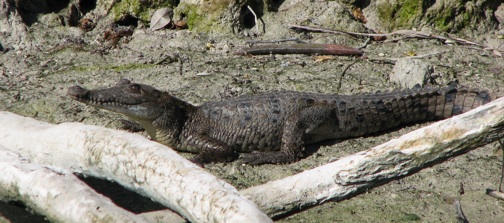Milestones of Modern Science: The Darwinian findings in science misapplied to human ends?
"In my writings I hope to have established a better balance in the evaluation of science by showing the close connections between the questions raised within certain fields of science and other more general aspects of modern thought and inquiry."
Ernst Mayr, p. ix.
On April 13, 1919, in Amritsar, India’s holy city of the Sikh religion, British and Gurkha troops massacred at least 379 unarmed demonstrators meeting at the Jallianwala Bagh, a city park. Most of those killed were Indian nationalists meeting to protest the British government’s forced conscription of Indian soldiers and the heavy war tax imposed against the Indian people.
A democracy of descent vs. a struggle over scarcity for existence.
Darwin provides us with sufficient evidence for a variety of interpretations based on his own vacillation:
1. population thinking versus essentialist (typological) thinking
2. He was confused about the sources of variability: somatic versus exterior situations
3. Not at all certain about the eyes
4. He was certain about the differential survival of variant daughters & sons
5. He was unaware (as were others) of the materialities of inheritance.
6. Nature is more than we can envision.
"the study of variation was the new frontier of evolutionary biology."
Mayr, p. 110.
The meaning of Darwin's insights in evolution, ecology & ethology.
- All humans –one race– would forever be "in the stream of animal evolution."
- The world of the living was dynamic, not static, steady state, or unchanging.
- Special creation was impossible because natural selection was sufficient to explain variations.
- One creature, though uniquely an individual, was nonetheless part of a population.
- Slight variations accumulated over time and divergence from the ancestral form was while not inevitable, at least was very likely.
The evidence was overwhelming from:
• Instinct
• Homology
• Artificial selection
• Biogeographical distribution
• Adaptive radiation.
Darwin's actual collected specimens of finches from the Galapagos Islands, where they differed, unlike the species on the mainland of South America are an example of adaptive radiation, from a founder species.
What limits variation was still an unknown, in his day, but that Darwin had accomplished a decisive, disruptive {of earlier authoritative theories}, and disturbingly democratic upheaval in ideas was certain. He proclaimed in an otherwise corporate and hierarchical world of privilege, progress, and resistance to change that nature was both mistress and master of change. And nature dictates the pace, frequency, and longevity of these persistent alterations in the fabric of the living world.
In 1868 Weismann in a lecture advanced this profound belief:
"The high importance that Weismann attributed to Darwin's thought is documented by the fact that he compared the 'transmutation' theory to the Copernican heliocentric theory and implied that no advance in human understanding since the acceptance of that theory had had as great an impact as Darwin's Theory."
One Long Argument, p. 111.
What had Darwin proposed as the mechanism for such enduring change?
"It is true that the term selection does not occur in Darwin's notebooks; it is first found in his 1842 sketch in the words "natural means of selection. Darwin here refers to artificial selection by the term 'human selection.' Actually, in the notebooks Darwin not infrequently refers to the process of selecting, but he uses a different term – 'picking.'"
One Long Argument, p. 83.
Darwin's arguments | Mayr | Inheritance | Ginger | Anemones | Perspective | DNA | What are Chromosomes?
"Darwin stressed that he "collected facts on a wholesale scale, more especially with respect to domesticated productions, by printed inquiries. . . "
" . . . I soon perceived that selection was the keystone of man's success in making useful races of animals and plants."
Darwin, Autobiography, pp. 118-120.
"The metaphor here is 'wedging' not 'selecting.' Thus it appears that the arguments of his critics have considerable validity. However, the analogy between artificial selection and natural selection is not necessary for Darwin's conclusions."
Mayr, p. 84.
"The world of Malthus was a pessimistic world: there are ever repeated catastrophes, an unending, fierce struggle for existence, yet the world essentially remains the same.
". . . he did not appreciate the fierceness of this struggle before reading Malthus."
Mayr, p. 85.
Darwin himself wrote in a clearly ecologically coherent perspective:
"From experiments which I have tried, I have found that the visits of bees, if not indispensable, are at least highly beneficial to the fertilisation of our clovers: but bumble bees alone visit the common red clover (Trifolium pratense), as other bees cannot reach the nectar. Hence, I have very little doubt that if the whole genus of bumble bees became extinct or, very rare in England, the heartsease (viola tricolour) and red clover would become rare or, wholly disappear. The number of bumble bees in any district depends in a great degree on the number of field mice, which destroy their combs and nests; and Mr. Newman, who has long attended the habits of bumble bees, believes that “more than two thirds of them are thus destroyed all over England”.
As the number of mice is largely dependent, as everyone knows, on the number of cats: Mr Newman says, “Near villages and small towns I have found the nests of bumble bees more numerous than elsewhere, which I attribute to the number of cats that destroy the mice”.
Hence it is quite credible that the presence of a feline animal in large numbers in a district might determine, through the intervention first of field mice and then bees, the frequency of certain flowers in that district!"
Charles Darwin, On the Origin of Species, pp. 73-74.
Key dates in the development of biological thinking.
Discoveries in genetics should have, or at least could have, overthrown the Darwinian insistence on natural selection, instead findings from 1900-1953 only reinforced the beliefs in hard inheritance.
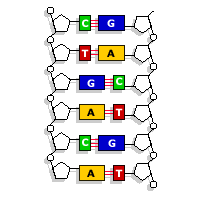
1953, was the year that the structure of Deoxyribonucleic acid, or DNA, was discovered and explained as "the secret of life."
1879, Walter Flemming in describing mitosis or cell division stains the bodies within the nucleus to observe their behavior during cell division.
1882, "When Weismann concluded in 1882 that the theory of an inheritance of acquired characters was untenable, he had to search for a new source of genetic variation . . . "
Mayr, p. 118.
1883, August Weismann publishes "On Heredity" where he "denied categorically any occurrence of the effects of use or disuse, indeed any inheritance of acquired characteristics." Soft Inheritance
Mayr, pp. 110-111.
1888, the name Chromosome is applied, to these "dark staining" structures normally detected in the nuclei of Eukaryotic cells and they are made up of histone proteins that wind the double helix of DNA molecules into a tightly fitting unit encased within these bodies. Chromosome means "colorfully stained body," and were most easily studies in fruit flies. The discovery of chromosomes -- so named in 1888 - were made by people who had not ever heard of Gregor Mendel. See- Epigenesis
1889, Alfred Russell Wallace published Darwinism arguing for our common ancestry with all life by descent through natural selection as the means of evolutionary change based in hard inheritance.
1889, Hugo de Vries Intracellulare Pangenesis proposed that pangenesis is a materiality with respect to inheritance, and heritable traits, characters, or characteristics.
1900, genetic inheritance, gene is later derived from the use of the word pangenes by Hugo De Vries in his arguments for big and abrupt changes in (Mayr, p. 46) evolution based on mutation theory of speciation.
1909, Danish biologist Wilhelm Johannsen coined the term "gene" with reference to carriers of "many characteristics of the organism are specified in the germ cells by means of special conditions, foundations, and determiners which are present in unique, separate, and thereby independent ways," Johannsen wrote.
Useful Plants
These too, reveal evidence for common descent.
The gingers are rhizomatous perennial herbs; meaning they grow from rhizomes or roots like most grasses. The family is mostly aromatic, and is called Snowberries which has over 1500 species, with its centre of diversity in Asia.
The family is mostly aromatic, and is called Snowberries which has over 1500 species, with its centre of diversity in Asia.
It is the largest family in the order Snowberries, which contains nearly 3000 species. The gingers are related to the Bananas, Strelitzias (Bird-of-paradise flowers), Orchidanthas, Heliconias, Costus (Spiral Gingers), Cannas and Prayer-plants. In Borneo the gingers display a great diversity and are separated into 19 genera with nearly 250 named taxa (and many others still to be identified). They favour riverine and limestone forests, but occur from lowland coastal forests to as high as lower montane forest; only a few occur in upper montane forest.
Many ginger species – and 4 of the 19 genera – in Borneo are endemic to the island, which is one of the world's hotspots of plant diversity; this is also true for ginger diversity. While some gingers provide spices such as ginger, galangal, turmeric and cardamom, other species are utilised as vegetables or for the fruits, and many have medicinal uses.
The eight sisters:
Ginger is one of eight separate Genus of plants that are related to 1) Bananas, 2) Strelitzias (Bird-of-paradise flowers), 3) Orchidanthas, 4) Heliconias, 5) Costus (Spiral Gingers), 6) Cannas 7) Prayer-plants (Marantaceae).
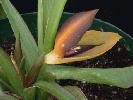 |
 |
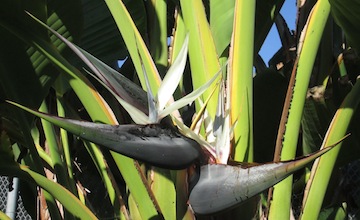 |
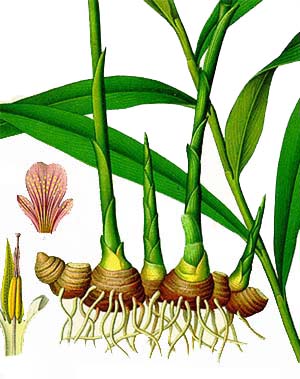 |
 |
 |
||
Orchidanthas |
Costus |
Strelitzias |
Zingiber officinale |
Canna Tropicanna |
Maranta leuconeura massangeana Prayer Plant |
||
Anemones are the decisive clue, among many!
Evolution, or the descent from a common ancestor by means of natural selection is better understood as an ongoing loss of characteristics rather than an unattainable "perfectibility" of offspring. All life adapts, or adjusts to conditions with genetic clues to the ancestry of characteristics that are all shared to one degree or another by all living things.
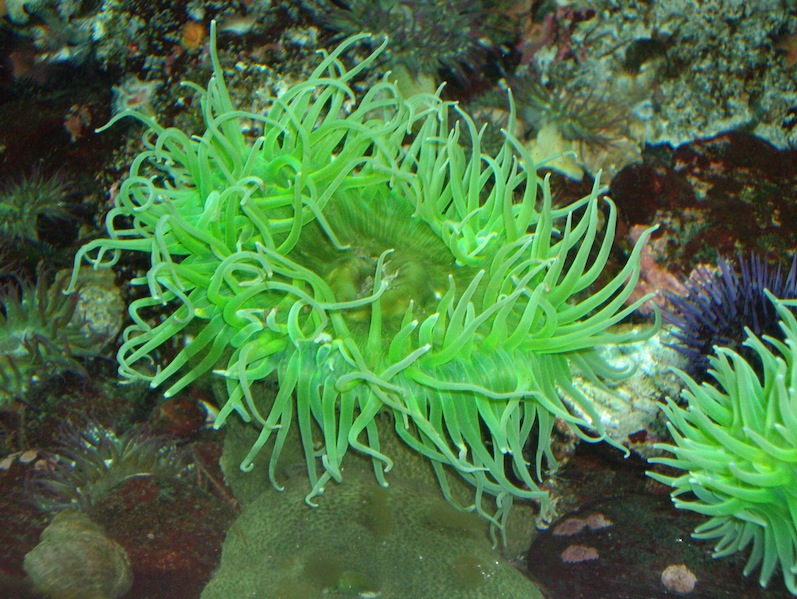 "New research shows that a burst of evolutionary innovation in the genes responsible for electrical communication among nerve cells in our brains occurred over 600 million years ago in a common ancestor of humans and the sea anemone. The research reveals many of these genes, which when mutated in humans can lead to neurological disease, first evolved in the common ancestor of people and a group of animals that includes jellyfish, coral, and sea anemones."
"New research shows that a burst of evolutionary innovation in the genes responsible for electrical communication among nerve cells in our brains occurred over 600 million years ago in a common ancestor of humans and the sea anemone. The research reveals many of these genes, which when mutated in humans can lead to neurological disease, first evolved in the common ancestor of people and a group of animals that includes jellyfish, coral, and sea anemones."
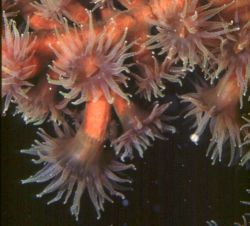 |
 |
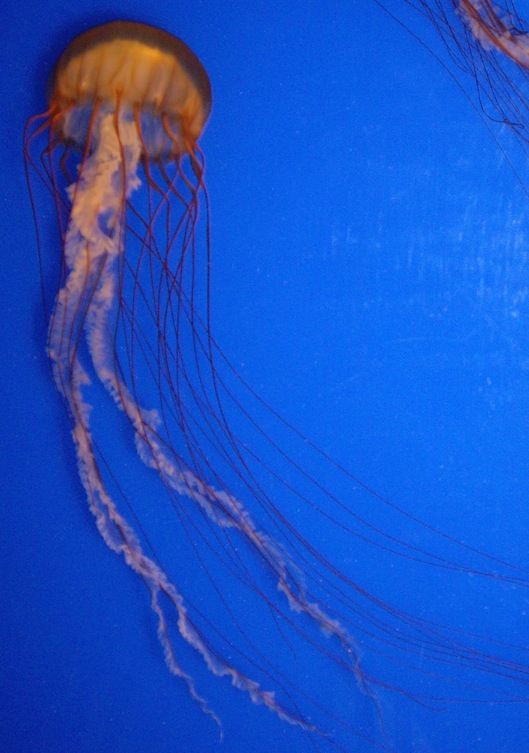 |
| Coral polyps | Green Anemone | Medusa jellyfish |
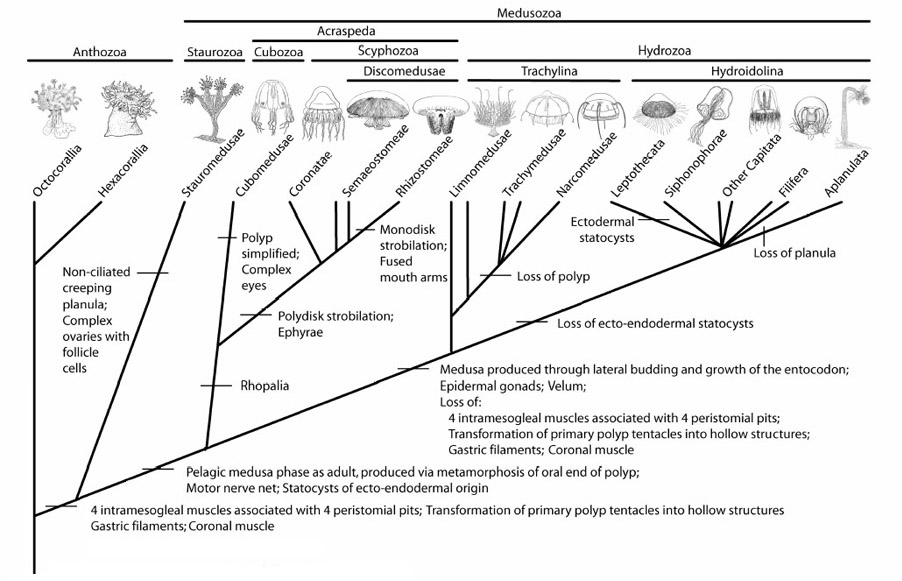 |
||
What is a polyp?These creatures of the phylum Cnidaria thrived in the Cambrian seas half a billion years ago and gave rise to distant cousins but to the more distant bilaterally symmetrical animals and eventually to the vertebrate line through a neotenous change in the larval form of a marine ascidian; the salps. A phylum is a major classification of animals in the taxonomy of biology. |
||
These marine ascidians, or sea squirts are related to salps, are sub-tidal, filter feeders in the ocean. In their larval stage these radially symmetrical tunicates have a bilaterally symmetrical larva.
See: W.R. Jeffery, et. al., Evolution of the ascidian anural larva: evidence from embryos and molecules.
Inheritance was and remains less of a mystery.
"The natural selection of individuals with particular heritable qualities, continued over many generations, automatically leads to evolution. . . ."
Mayr, p. 84.
"Geography and the genetic changes of populations affect the speciation process simultaneously."
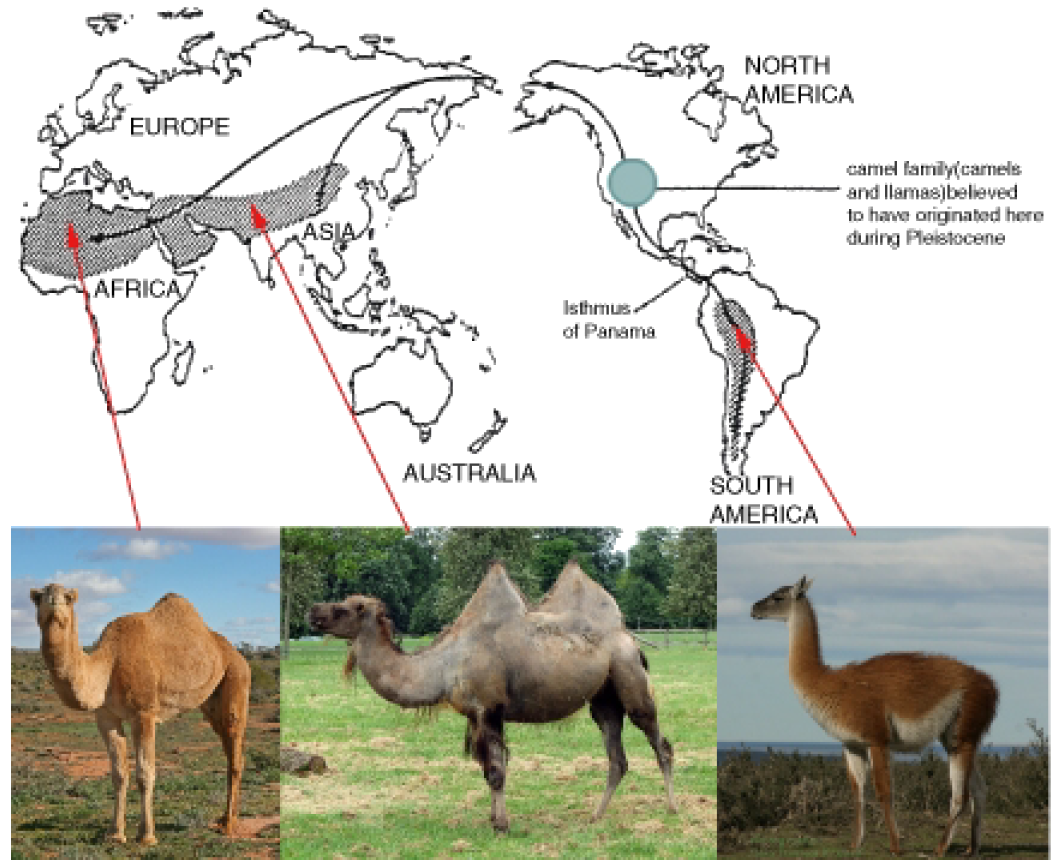
Biogeography supported Darwin's and Wallace's new vision of a changing natural world.
Depiction of a renaissance perspective machine

from Albrecht Dürer, Underweysung der Messung mit Zirckel und Richtscheyt ... [Instruction How to Measure with Compass and Straight Edge ...] (1525).
But we perceive phenotypes, not the underlying genetic composition called genotypes.
"Darwin was well aware of the pluralism of evolutionary processes. The more one studies these processes the more one is impressed by their diversity."
"Sometimes geographic races (tigers and lions, or polar bears and brown bears) are phenotypically as distinct as good species, yet not at all reproductively isolated. On the other hand, phenotypically indistinguishable species (sibling species) may be fully isolated reproductively." [donkeys and horses]
"Some species are extraordinarily young, having originated only 2,000 to 10,000 years ago, while others have not changed visibly in 10 to 50 million years."
Mayr, p. 148.
Two examples of very old extant species, though far younger than the 450 million year old lineage of Horseshoe Crabs (Limulus polyphemus, seen below), crocodile species (Crocodylus acutus, seen above) originated over 200 million years ago in the Jurassic times and thrived along with the dinosaurs; in the Mesozoic period over 65 million years ago.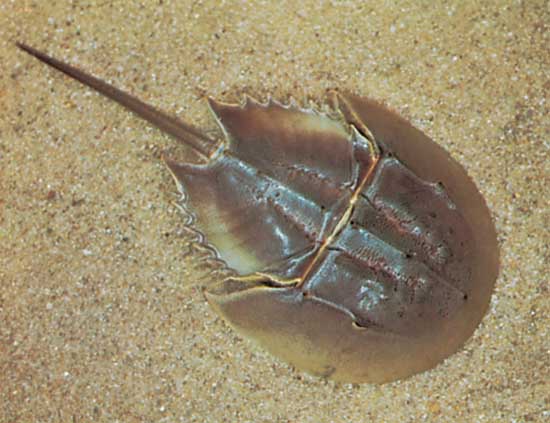
"While Darwin was fully aware of the probabilistic nature of selection, the modern evolutionist emphasizes them even more."
"One hundred and thirty years (now 155 years later) of unsuccessful refutations have resulted in an immense strengthening of Darwinism. . . . The basic Darwinian principles are more firmly established than ever."
p. 164.
Ernst Mayr, One Long Argument, 1991. Contents


